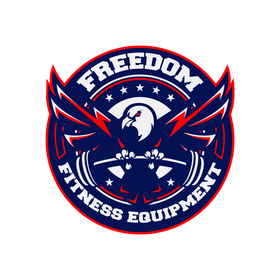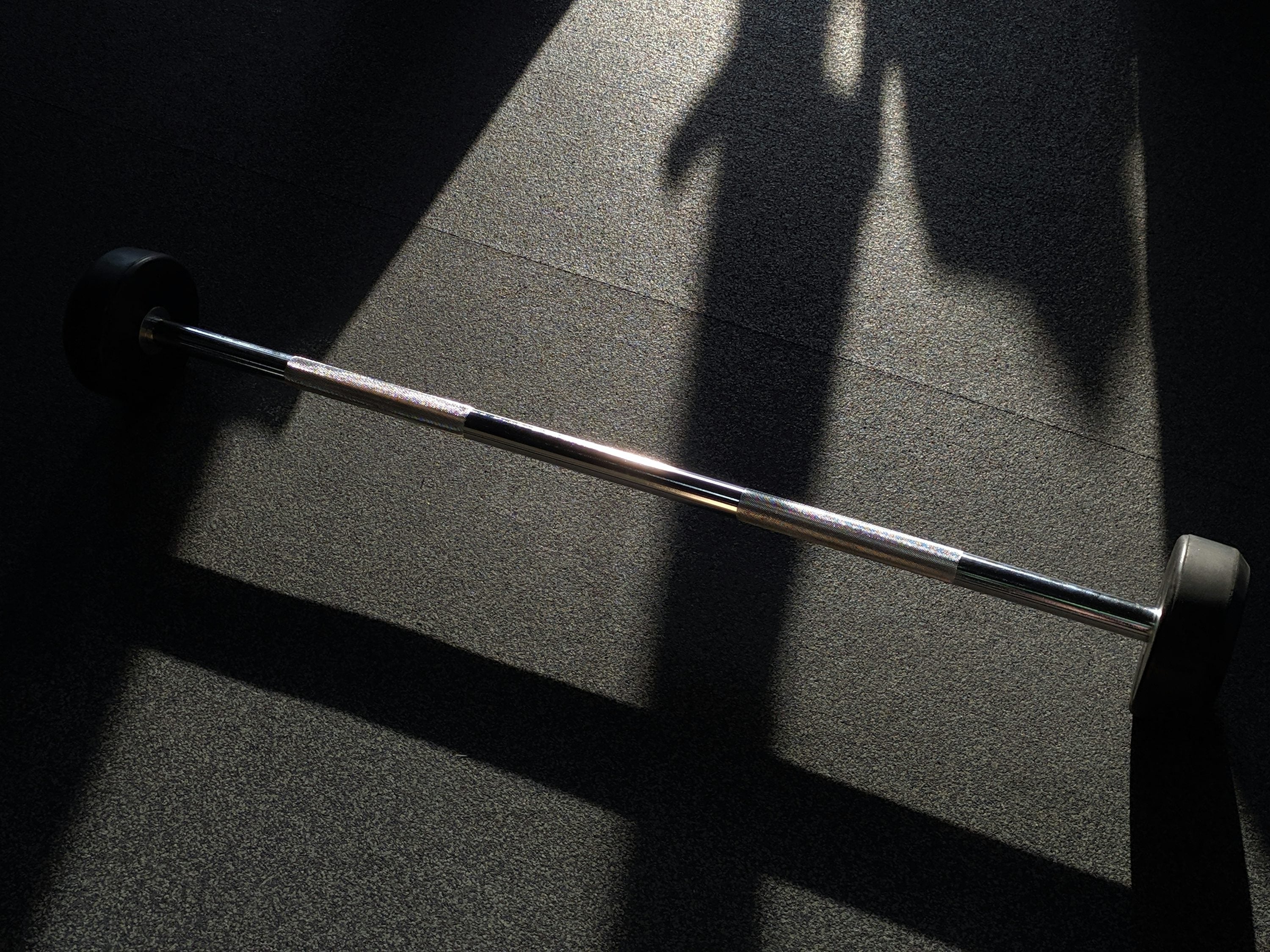Everything You Need to Know for a Seamless Gym Floor Installation
Installing rubber flooring isn’t just a practical upgrade; it’s an essential step in creating a safe, functional, and visually appealing gym environment. Whether you're renovating a commercial fitness center or setting up a new home gym, this guide to rubber flooring will walk you through the complete process of rubber flooring installation, from preparation to finishing touches.
We’ll also cover common pitfalls, expert rubber flooring tips, and answer your biggest questions, such as: Is rubber flooring easy to install? And how much to have rubber flooring installed?
Why Choose Rubber Flooring?
Rubber floors are renowned for their exceptional durability, superior shock absorption, and enhanced slip resistance. They're ideal for everything from commercial gym flooring installation to personal workout spaces. Plus, with a wide range of options including tiles, rolls, and interlocking mats, there's a product for every space and skill level.
What You’ll Need for a Successful Rubber Floor Installation
Before you begin your rubber floor installation, gather the essential tools and materials to make the process smooth and efficient:
-
Rubber gym flooring tiles or rolls – Choose the best fit for your space. Heavy-duty rubber tiles are a go-to for high-traffic commercial spaces.
-
Utility knife or heavy-duty flooring cutter – For precise trimming and fitting.
-
Straightedge and measuring tape – Accurate measurements = professional results.
-
Rubber mallet – Helps secure interlocking tiles without damaging them.
-
Bonding Agent – Depending on whether you’re using a loose-lay or glue-down method, you’ll need either adhesive or double-sided tape.
-
Protective gloves and knee pads – Safety and comfort matter during long installation sessions.
Step-by-Step Gym Flooring Installation Guide
1. Prep the Subfloor
Start with a clean, dry, and level subfloor. Remove any debris, nails, or uneven areas. Rubber flooring can be installed over concrete, wood, or existing vinyl, but a smooth surface ensures better results and extends the floor’s lifespan.
Pro Tip: For commercial gyms or garages with moisture-prone concrete, consider installing a vapor barrier before beginning.
2. Measure and Plan Layout
Use a straightedge and measuring tape to map out your layout. Decide whether you’ll stagger tiles, create a border, or follow the room’s shape. This planning phase is crucial for large-scale commercial rubber flooring installation.
3. Start Laying the Rubber Flooring
Begin in one corner and work your way out:
-
For interlocking tiles, snap them together securely using a rubber mallet.
-
For rolled rubber flooring, unroll the material, let it acclimate for 24 hours, then trim to fit the room.
-
For glue-down applications, apply the adhesive according to the manufacturer's instructions and press the flooring down firmly.
Need installation help? Check out this helpful YouTube guide on how to install rolled rubber flooring.
4. Trim and Fit the Edges
Use a sharp utility knife and a metal straightedge to trim edges cleanly. Make sure the floor fits snugly against the wall or baseboard. Use ramps or edge reducers if needed.
5. Secure the Flooring
If you're using double-sided tape or adhesive, go back and press each section thoroughly. This helps avoid any lifting or shifting over time, especially in high-traffic areas.
Common Mistakes to Avoid
-
Skipping the prep: Uneven surfaces can lead to premature wear or visible bumps.
-
Incorrect measurements: Always double-check before cutting—mistakes here can cost you time and money.
-
Not allowing the rubber to acclimate: Rubber can expand or contract based on temperature and humidity. Letting it sit in the room for 24–48 hours prevents buckling later.
FAQs About Rubber Flooring Installation
Is rubber flooring easy to install?
Yes! Rubber flooring how-to install guides like this one show that with the right tools and a little patience, it's a very doable DIY project, especially for interlocking tile styles.
How much to have rubber flooring installed?
Professional gym floor installation typically ranges from $2 to $8 per square foot for labor, depending on complexity and location. According to HomeAdvisor, factors such as floor size, adhesive type, and the amount of preparation work can influence the final price. For those looking to save, DIY options such as interlocking tiles or loose-lay rubber rolls are more affordable and can still deliver a professional-looking finish.
Post-Installation Tips
-
Sweep or vacuum your new floor before use.
-
Avoid dragging heavy equipment across it; lift instead.
-
Use furniture pads or mats to prevent indentations on your floors.
For more advice on keeping your new rubber floor in excellent condition, don’t miss our related guide:
How to Clean a Rubber Gym Floor
Conclusion
Whether you're upgrading your garage gym or outfitting an entire fitness facility, this rubber flooring installation guide can help ensure a smooth and durable result. With careful preparation and the right materials, such as these rubber gym flooring tiles, you’ll enjoy a resilient, professional-quality gym floor in no time.
Still choosing the right floor? Check out our comprehensive blog:
The Best Gym Flooring for Home Gyms and Commercial Facilities





